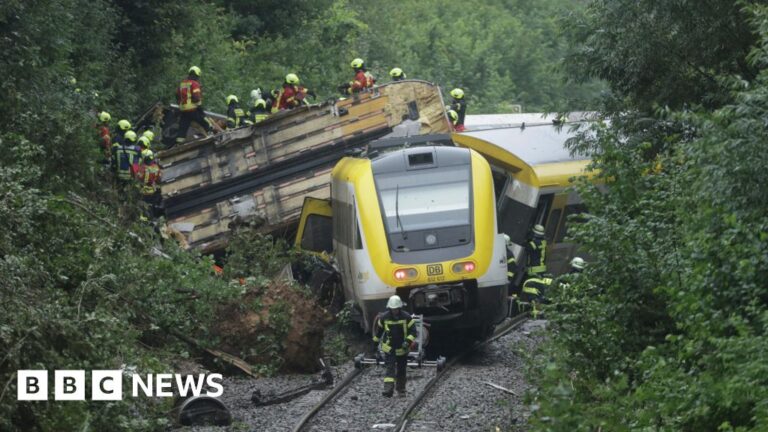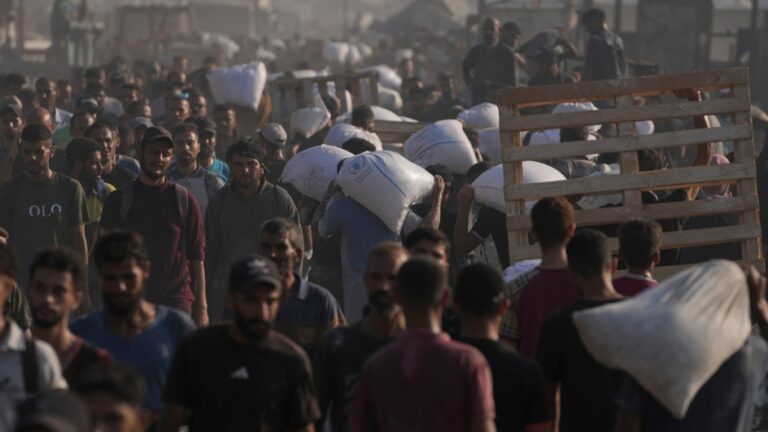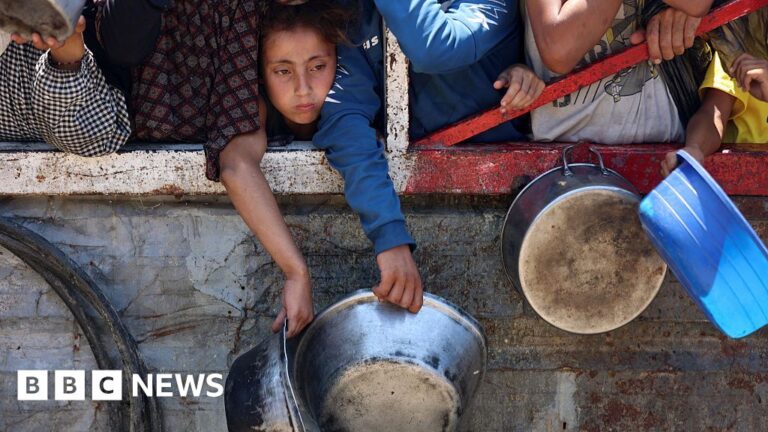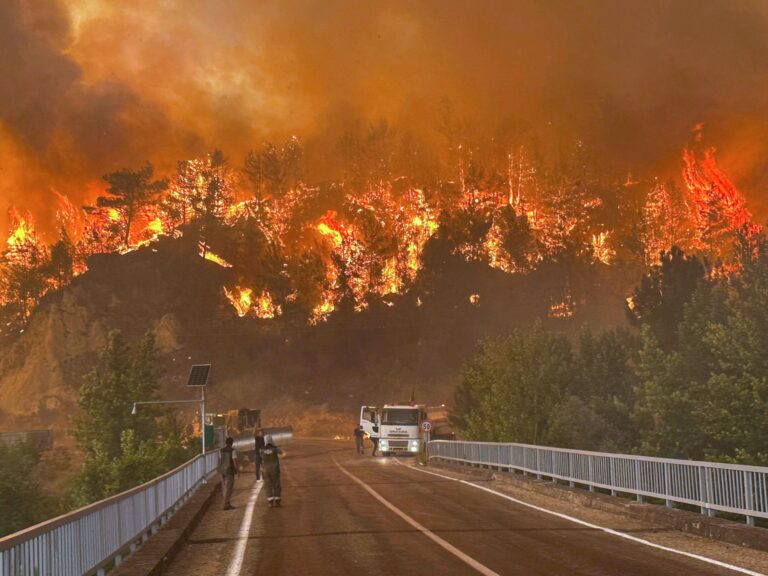The technology industry, the original epicenter of AI adoption, is now seeing many of its own workers displaced by the very innovations they helped create. Employers, racing to integrate AI into everything from cloud infrastructure to customer support, are trimming human headcount in software engineering, IT support, and administrative functions. The rise of AI-powered automation is accelerating layoffs in the tech sector, with impacted employees as high as 80,000 in one count. Microsoft alone is trimming 15,000 jobs while committing $80 billion to new AI investments.
But labor market intelligence firm Lightcast is offering a ray of hope going forward. Job postings for non-tech roles that require AI skills are soaring in value. Lightcast’s new “Beyond the Buzz” report, based on analysis of over 1.3 billion job postings, shows that these postings offer 28% higher salaries—an average of nearly $18,000 more per year. The Lightcast research underscores the split in tech and non-tech hiring: job postings for AI skills in tech roles remain robust, but the proportion of AI jobs within IT and computer science has fallen, dropping from 61% in 2019 to just 49% in 2024. This signals an ongoing contraction of traditional tech roles as AI claims an ever-larger share of the work.
AI demand explodes beyond tech
Rather than stifling workforce prospects, Lightcast’s research suggests that AI is dispersing opportunity across the broader economy. More than half of all jobs requesting AI skills in 2024 appeared outside the tech sector—a radical reversal from previous years, when AI was confined to Silicon Valley and computer science labs. Fields like marketing, HR, finance, education, manufacturing, and customer service are rapidly integrating AI tools, from generative AI platforms that craft marketing content to predictive analytics engines that optimize supply chains and recruitment.
In fact, job postings mentioning generative AI skills outside IT and computer science have surged an astonishing 800% since 2022, catalyzed by the proliferation of tools like ChatGPT, Microsoft Copilot, and DALL-E. Marketing, design, education, and HR are some of the fastest growers in AI adoption—each adapting to new toolkits, workflows, and ways of creating value.
Cole Napper, VP of research, innovation, and talent insights at Lightcast, told Fortune in an interview that he was struck by the lack of a discernible pattern for which industries were most affected by the explosion of AI skills present in job postings, noting that the arts come top of the list.
AI skills are in demand
For the workforce at large, AI proficiency is emerging as one of today’s most lucrative skill investments. Possessing two or more AI skills sends paychecks even higher, with a 43% premium on advertised salaries.
In 2024, more than 66,000 job postings specifically mentioned generative AI as a skill, a nearly fourfold increase from the prior year, according to the Lightcast’s 2025 Artificial Intelligence Index Report. Large language modeling was the second most common AI skill, which showed up in 19,500 open job posts. Postings listing ChatGPT and prompt engineering as skills ranked third and fourth in frequency, respectively.
Sectors such as customer/client support, sales, and manufacturing reported the largest pay bumps for AI-skilled workers, as companies race to automate routine functions and leverage AI for competitive advantage.
Christina Inge, founder of Thoughtlight, an AI marketing service, told Fortune in a message AI isn’t just automating busywork, it’s also becoming a tool AI-fluent workers can leverage to increase their own value to a company—and to outperform their peers. Take, for example, someone in sales using AI to create more targeted conversations to close deals faster, Inge wrote. The same can be said for customer service workers.
“[Customer service workers fluent in AI] know how to interpret AI outputs, write clear prompts, and troubleshoot when things go off script,” Inge said. “That combination of human judgment and AI fluency is hard to find and well worth the extra pay.”
In fields like marketing and science, even single AI skills can yield large returns, while more technical positions gravitate to specialists with advanced machine learning or generative AI expertise.
Crucially, the most valued AI-enabled roles demand more than just technical wizardry. Employers prize a hybrid skillset: communication, leadership, problem-solving, research, and customer service are among the 10 most-requested skills in AI-focused postings, alongside technical foundations like machine learning and artificial intelligence.
“While generative AI excels at tasks like writing and coding, uniquely human abilities—such as communication, management, innovation, and complex problem-solving—are becoming even more valuable in the AI era,” the study says.
Winners and losers
The emerging repercussions are striking. Tech workers whose roles are readily automated face rising displacement—unless they can pivot quickly into emerging areas that meld business, technical, and people skills. Meanwhile, millions of workers outside of tech are poised to translate even basic AI literacy into new roles or wage gains. The competitive edge now lies with organizations and professionals agile enough to combine AI capabilities with human judgement, creativity, and business acumen.
For companies, the risk is clear: treating AI as an isolated technical specialty is now a liability. Winning firms are investing to embed AI fluency enterprise-wide, upskilling their marketing teams, HR departments, and finance analysts to build a future-ready workforce.
AI may be the source of turmoil in Silicon Valley boardrooms, but its economic dividends are flowing rapidly to workers—and companies—in every corner of the economy. For those able to adapt, AI skills are not a harbinger of job loss, but a passport to higher salaries and new career possibilities. Still, the research doesn’t indicate exactly where in the income levels the higher postings are coming, so Napper said it’s possible that we are seeing some compression, with higher-paid tech jobs being phased out and lower-paying positions being slightly better-paying.
Napper said the trend of AI skills cropping up in job postings has exploded over the past few years, and he doesn’t expect a slowdown anytime soon. Napper said there’s a “cost to complacency”—one that includes a significant salary cut. He added that the 28% premium, Lightcast plans to release follow-up research on what level of the income latter the trend is hitting the most.
For this story, Fortune used generative AI to help with an initial draft. An editor verified the accuracy of the information before publishing.
 Thomas Warnack/ dpa
Thomas Warnack/ dpa Thomas Warnack/ dpa
Thomas Warnack/ dpa














